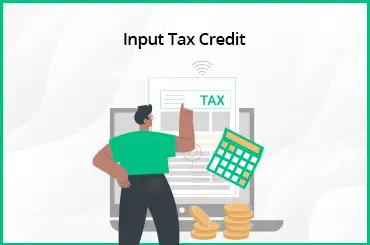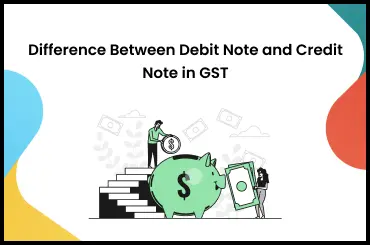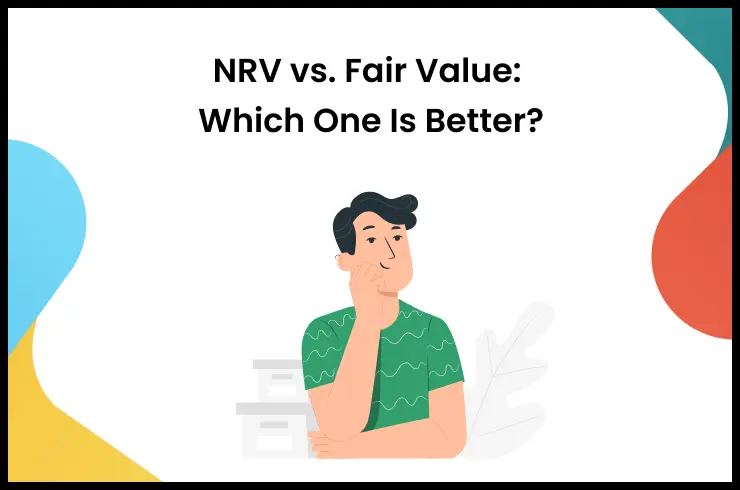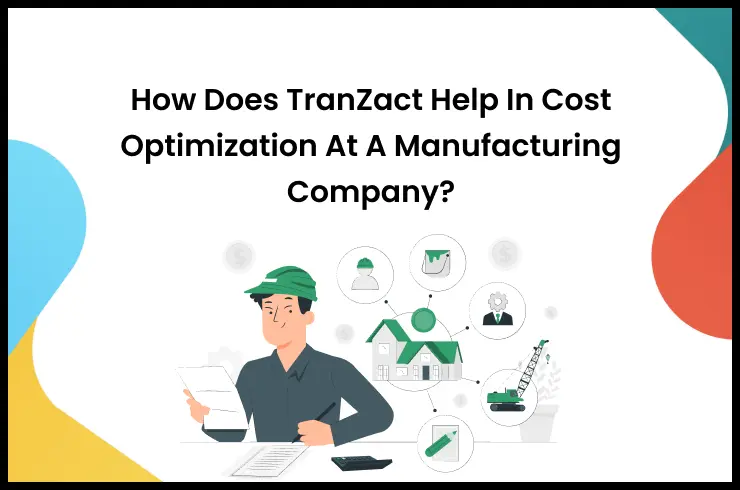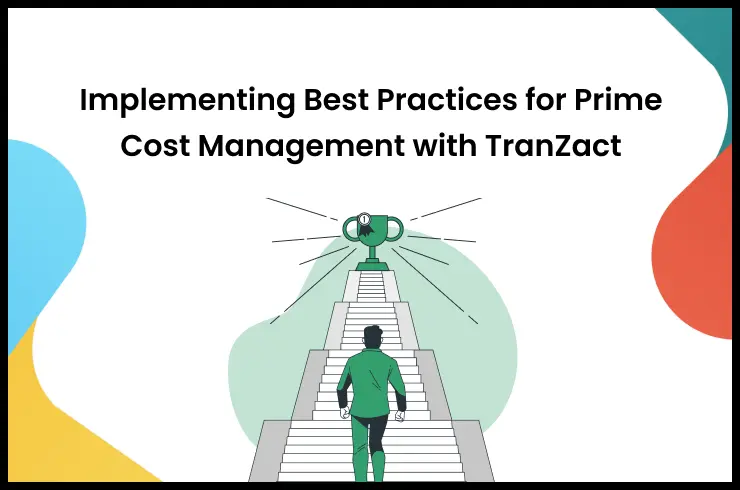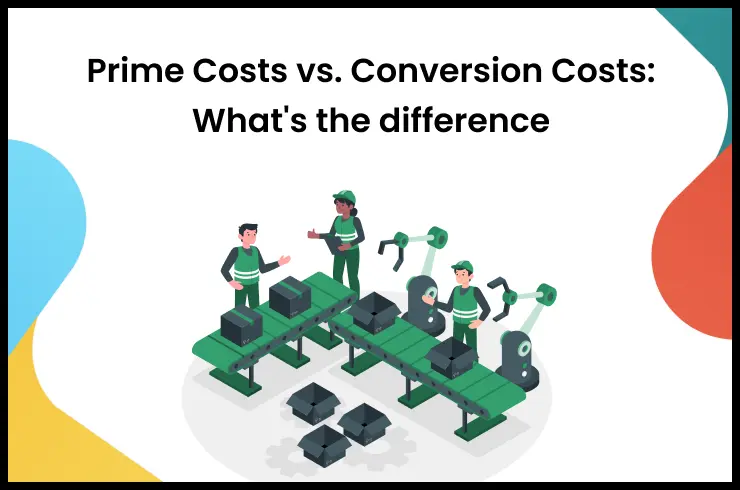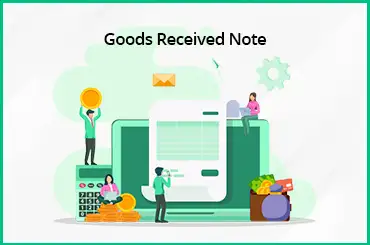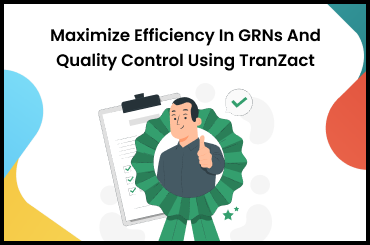Requests for Quotations (RFQs) are used when businesses want to buy something or want to find a new vendor or supplier. An RFQ helps you to shortlist the desired item from a list of products, read reviews about it, and compare prices before you select the right one.
A request for a quote is defined as a document that aids businesses in deciding which vendor or supplier they wish to buy from.
In this blog, we're going to deep dive into everything RFQs - what RFQ means, the steps of RFQ, how requests for quotations are different from requests for proposals, who should use RFQs, the different types of RFQs, and how to write and respond to one.
What Is an RFQ?
An RFQ or request for quotation is a formal document that details the pricing and other specifications for a certain product or service. RFQ document comes into play during the procurement process and is either sent independently or in alignment with a request for proposal (RFP) document.
Companies usually send RFQs when they are clear on exactly what it is that they want and are not awaiting further details on the product or service in question.
RFQ in procurement usually contains:
- All details and specifications for the product or service
- Payment terms
- Last date for accepting RFQ responses
- Estimated dates for delivery of the final product or service
- Proposed contract duration with the vendor
- Any other terms and conditions that need to be accepted by the vendor
If you know exactly what it is you're looking for and want to simply evaluate vendors based on price, you can leverage an RFQ document. Therefore, RFQs are the way to go for you, when you want to procure materials without the additional need for a service plan or support contract.
What Is RFQ in Procurement?
RFQ in procurement is a crucial document or process used by organizations when they want to procure goods, services, or undertake specific projects. The primary purpose of an RFQ is to solicit price quotes or proposals from potential suppliers.
A request for quotation in procurement outlines the requirements, specifications, and quantity or volume of the desired products or services. Using an RFQ in procurement has several benefits.
It allows organizations to compare and analyze the pricing and offerings from multiple suppliers, ensuring competitive pricing and quality. It also provides a transparent and structured process for procurement, enabling fair evaluation and selection of suppliers.
Additionally, RFQs help in establishing and maintaining relationships with suppliers, as well as in documenting the terms and conditions of the procurement arrangement. Computerized solutions such as a request for quotation software support businesses to streamline their quotations and procurement processes.
Read Also - Request for Quotation (RFQ): Definition and How to Use
Steps of RFQs
The steps of request for quotation in procurement involve a series of well-defined processes that facilitate the successful acquisition of goods or services from suppliers. Here is a detailed explanation of the steps involved:
Identifying the Need
The first step is to identify the need for goods or services within the organization. This can be triggered by various factors, such as inventory depletion, project requirements, or demand from internal stakeholders.
Document Preparation
Once the need is identified, the procurement team prepares the RFQ document. The document includes specific details such as product specifications, quantity, quality requirements, delivery timelines, terms and conditions, and any other relevant information that suppliers need to provide in their quotations.
Supplier Identification
In this step, the procurement team identifies potential suppliers who can fulfill the requirements mentioned in the RFQ. Suppliers can be identified through existing supplier databases, market research, industry contacts, or supplier prequalification processes.
Distribution of RFQ
The request for quotation document is shared with the selected suppliers. This can be done through various channels such as email, electronic procurement systems, supplier portals, or posting the RFQ on the organization's website. The document should clearly indicate the submission deadline and the method for sending quotations.
Quotation Submission
Suppliers review the RFQ and prepare their quotations accordingly. The quotations typically include pricing details, delivery schedules, payment terms, warranties, and any other information requested in the RFQ. Suppliers must submit their quotations before the specified deadline.
Quotation Evaluation
Once all the quotations are received, the procurement team evaluates them based on predetermined criteria such as price, quality, delivery time, supplier reliability, and compliance with requirements. The evaluation may involve scoring systems, comparative analysis, or other assessment methods.
Negotiation (if necessary)
If required, the procurement team may enter into negotiations with the shortlisted suppliers to refine the terms, seek clarifications, or negotiate better pricing. This step aims to finalize the details of the procurement arrangement and achieve mutually beneficial terms.
Supplier Selection
After the evaluation and negotiation processes, the procurement team selects the supplier that best meets the organization's requirements. The selection may involve considering factors beyond price, such as supplier reputation, track record, and quality of service.
Contract Finalization
Once the supplier is selected, the procurement team finalizes the contractual agreement. This includes incorporating the agreed-upon terms, specifications, pricing, delivery schedules, and any other relevant clauses or conditions. The contract is then signed by both parties.
Order Placement
Finally, the organization places an official purchase order with the selected supplier, initiating the procurement process. The order typically includes the finalized terms from the contract and serves as a formal confirmation of the purchase intent.
The various steps in RFQs can be automated by an advanced request for quotation software. This software ensures a systematic and structured approach to the RFQ process. It enables organizations effectively source goods or services from suppliers while ensuring transparency, fair competition, and adherence to procurement policies and regulations.
Read Also - What Is a Digital Document?
RFQ vs RFP
Now let's take a look at the difference between an RFQ and RFP. The primary difference between a request for quotation or quote (RFQ) and a request for proposal (RFP) is the objective that the document sets out to achieve.
RFQ
A request for a quote (RFQ) is sent when you know exactly what product or service you're looking for and all that's left to know are the pricing details, payment terms, and so on. A request for a quote implies a simple on-demand purchase and basically tells you how much it will cost.
RFP
A request for a proposal (RFP) is sent when things are more complex and you have less clarity on what you need. An RFP involves evaluating other factors before you can make a final decision. Hence, an RFP implies a longer-term engagement and gives you detailed information about the product or service you're considering.
Read Also - Best Free Inventory Management Software in 2023
Who Should Use an RFQ?
Given the many abbreviations, you must be wondering which one you should be using and when. Well, an RFQ in procurement isn't required each and every time and must only be used in specific situations:
- RFQ is used when you have put together a pre-qualified list of vendors whom you're interested in and know can deliver the product or service you're looking for.
- You know exactly what it is you're looking for and aren't looking for any exploratory answers or solutions.
- An RFQ document is useful when you're looking to order in bulk and on an ongoing basis.
- You intend to select a vendor purely on the basis of price.
- You're looking for products with standard specifications without any customization.
- A request for a quote is also used when you do not require any kind of service or maintenance contract.
Read Also - Goods Received Note (GRN): Everything You Need to Know
Types of RFQs
There are four ways in which you can formulate RFQs, they are:
Open Bid:
This request for quotation format is one where the buyer publicly opens the bidding during the submission phase. This means that the pricing and payment terms of each of the suppliers' bidding are available for everyone to view.
The advantage of a request for quotation format of this kind is that it encourages a competitive environment but may also prompt vendors to fix higher prices.
Sealed Bid:
In this type of bid, qualified bidders submit their bids, which are then opened only after all bids have been received. Sealed bids are considered to be more streamlined as a format and are usually preferred by government and public sector organizations during their procurement process.
Invited Bid:
An invited bid is an RFQ format where only specific vendors are invited to send quotes and only known or trusted vendors are chosen to take part. While these bids are efficient and easy to navigate, you may miss out on the best price available due to the small pool of vendors you've picked.
Reverse auction:
RFQs of this format are used where vendors give their most competitive (lowest) prices to the scope of work provided by the buyer. This format is usually relied on when buyers aren't able to find vendors and is a suitable option when the price is the primary factor when it comes to giving a vendor the contract. Conducting an online reverse auction and quotes comparison is a great way for you to get quick results.
Read Also - How to Use ERP Software?
Request for quotation software provides ready-to-use RFQ templates to simplify your procurement requirements. Following is a sample RFQ template that helps you to receive all the information that you would ask for in RFQs. This includes:
Buyer Information
- Company Name
- Company Description
- Product Details and Goals
- Contact Information
Seller Information
- Product Details -- name and specifications
- Product Quantity
- Delivery Requirements
- Product Price
Review and Evaluation
- Evaluation Method
- Timeline
- Terms and Conditions
- Submission Requirements and Instructions
So, if you're planning to pick between multiple vendors and determine your requirements based on the best prices, RFQs are an ideal option.
Read Also - How to Generate E-Invoice?
RFQ Process
A request for quotation (RFQ) is defined as a document that helps a buyer state their requirements clearly, reach out to multiple suppliers, and compare and negotiate prices easily.
RFQ is used to secure competitive pricing and make informed pricing decisions.
The RFQ process is divided into three basic parts:
1. Preparation
2. Review
3. Choose and close
1. Preparation:
Before sending out a request for a quote, procurement teams must be clear on their requirements. This is a time-consuming process so better not to rush through it. Keep in mind that the more information you provide, the more relevant your vendor responses will be.
Make sure you get all your internal key stakeholders to be a part of the process of preparing a request for quotation, to make sure everyone is on the same page. Apart from understanding the specifics of your requirement, you must also decide on the following:
- What kind of RFQs will be issued
- Who will be invited to respond
- What is the deadline for the response
- How are you going to compare prices
After this is done, you need to finalize what will be included in your RFQs. This will include specific parts along with detailed descriptions such as:
- Introduction to your company
- Delivery requirements
- Product quantity
- Payment terms
- Selection criteria
- RFQs timeline and review process
- Terms and conditions
- Submission requirements
All of this information will help the vendors realize whether or not they will be a good fit for this partnership.
2. Review:
The review process is also broken down into three broad components. Namely:
Issue the document
Ensure you give your vendors sufficient time to work on their quote as that will only help you in getting the best price at the end of the entire process. If you've maintained a standard format across all your RFQs and provided adequate information such as your company introduction, project needs, and specifications, you shouldn't have very many follow-up questions to deal with. However, when you do get vendor queries, ensure you respond to them in a timely manner.
Review bids
Once you've received all your bids, evaluate them based on the selection criteria such as pricing, delivery date, product quality, and who is closest to the exact products and services you're looking for. A standard template also helps to ensure the evaluation is done in a fair, quick, and unbiased manner.
Communicate
As a best practice, keep your bidders in the loop at all times. Make sure to send each of them acknowledgments once you've received their bid informing them that you will be getting back to them shortly. Give them details about the bid opening date and when the results are expected. You should always keep vendor quotes confidential unless it's an open bid.
Remember, three to eight vendor bids are considered to be a cost-effective and competitive bidding number. Having less than three bidders would mean that the process isn't competitive enough and that there is further scope for the buyer to get a better price.
3. Select and Proceed:
This stage of the process is when the efforts invested by the procurement team in refining the document yield results. Utilizing a standardized template for sending out RFQs can significantly facilitate decision-making. Consider the following points:
Key stakeholder management:
Create a one-page quotation response document that covers key information for all your key stakeholders. List the number of bids received, the qualified bidders, and the pricing for each bid. If there are any bidders that are disqualified, make sure to list out reasons for the same and also communicate the same to each of those vendors.
Final selection:
When you get down to choosing the vendor you wish to take the project forward with, formulate a memo that outlines the reasons for choosing the said vendor. Documenting this information will greatly help your business when it comes to future bids or training new employees.
Inform the winning bidder:
Once you've decided which vendor you're going to proceed with, take some time out to inform them about it in the form of written acceptance. If you wish to further negotiate on price, sign a binding contract with them before announcing the bid winner. Once you've done that, publicly inform all the other bidders of your final decision and thank them for their time and effort. The aim here is to maintain cordial relationships with all the vendors.
Read Also - Best 6 Inventory Control Techniques
How to Reply to an RFQ?
Responses to RFQs are intended to provide interested buyers with payment and pricing information for a specific scope of work they are looking to have fulfilled. You can make your response stand out by including the following:
- Showcasing how your company understands the buyer's need.
- Assuring timelines will be adhered to.
- Highlighting that there will be some amount of flexibility based on what the company needs.
- Providing past testimonials and all other social proof to highlight your expertise in the subject matter.
- Helping the buyer further refine their requirements by giving them valuable recommendations.
- Submitting the response to the RFQs well within the given timeline.
Fully Automate Your RFQ Process Using TranZact
RFQs are critical documents in procurement. Each time you need to zero in on a new vendor for anything you need to be procured, it's very likely you will go down the route of RFQs.
However, managing this complex process manually can be a tedious task and one that's prone to errors too. The best thing to do is to entirely automate the process and TranZact can help you with this.
It is a zero-effort digital transformation tool that helps you to create and view all your RFQs on a centralized dashboard. This greatly simplifies the quotation comparison process, making it easier to make purchase decisions quickly and save costs. TranZact can also support your invoicing needs, document processing needs, and streamline your complete sales and purchase processes.
FAQs on RFQs
1. What is RFQ in procurement?
Request for quotation or RFQ in procurement refers to a formal document or process used to request price quotes from suppliers or vendors for specific goods, services, or projects.
2. How to complete an RFQ?
As a buyer, to complete an RFQ, carefully review the need for the purchase, and include all the necessary requirements in the document and detailed pricing information that you seek. Next, add the product specifications, along with the designated timeline to close the RFQ.
3. How to respond to an RFQ?
To respond to an RFQ or request for a quote document, thoroughly review the requirements, provide competitive pricing and detailed information as requested, and submit the response within the specified timeframe.
4. Who uses RFQs?
Organizations across different sectors and industries use RFQs as a procurement tool to engage suppliers and gather competitive pricing information for goods, services, or projects.
5. RFQ vs. RFP: What's the difference?
An RFQ (Request for Quotation) is primarily used to obtain pricing information from suppliers, while an RFP (Request for Proposal) seeks detailed proposals outlining how suppliers would meet specific project requirements, including cost, timeline, approach, and potential solutions.
6. Can RFQs be used for both goods and services?
Yes, RFQs can be used to request quotations for both goods and services. It enables businesses to gather pricing information and evaluate suppliers for a wide range of procurement needs.
7. Why is RFQ important?
An RFQ helps you find the right vendor for your business and also enables you to do so in the most cost-effective manner. This helps you to make smart procurement decisions with reliable suppliers at the very beginning of your supply chain, ensuring your supply chain process continues without any errors.
8. When would you use an RFQ?
You can use an RFQ when you have a clear idea of your purchase requirements, you have a bulk requirement, and the price at which you want to buy the same is a key factor.







